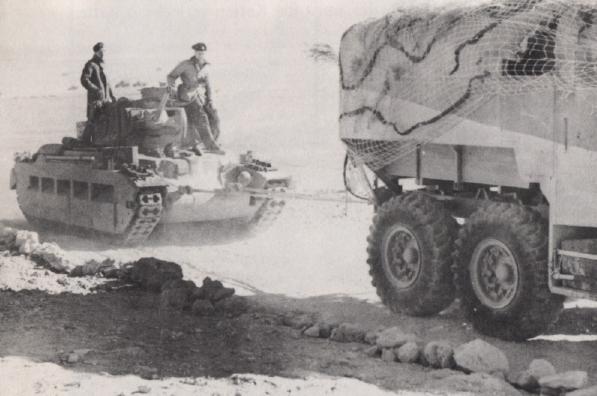Matildas in the desert, operation Compass.

35 mark II were in the spearhead of the british counteroffensive that almost knocked out completely the Italian army off Afrika.
[i]
"The initial British assault would fall on Nibeiwa Camp, where the only available Italian armoured unit was based, and it achieved complete surprise. Raggruppamento Maletti, or Maletti Group, under General Pietro Maletti, was an ad hoc formation consisting of 2,500 Libyan soldiers and 2 Armoured Battalion, with thirty-five M11/39 medium tanks and thirty-five L3/35 light tanks.
It was earmarked for early destruction in the assault, which commenced at 05:00hr with what appeared to be no more than another raid on the eastern side of the camp. At 07:00, however, forty-eight Matilda tanks suddenly appeared from the opposite side of the camp. They struck twenty-three unmanned M11/39 tanks of the Maletti Group, which had been deployed to guard the unmined entrance to the camp. The Italians were caught completely off guard and many did not even reach their tanks, including General Maletti, who was killed emerging from his dugout. They were slaughtered and their vehicles destroyed by the British in less than ten minutes.
The Italian artillery fought on valiantly, firing on the Matildas and recording many hits, some at point-blank range - but none penetrated their 70mm of armour. The remaining Italian tanks were captured intact, and the Libyan infantry, left practically defenceless, quickly surrendered. The British had captured Nibeiwa and destroyed the only front-line Italian armoured unit in less than five hours."
Matilda pictured in conquered emplacements outside Tobruk.

Matilda with ramp for antitank ditch, it was used in the attack against Bardia.

Matilda with fascine. Another device for crossing large trenches/ditches.
























